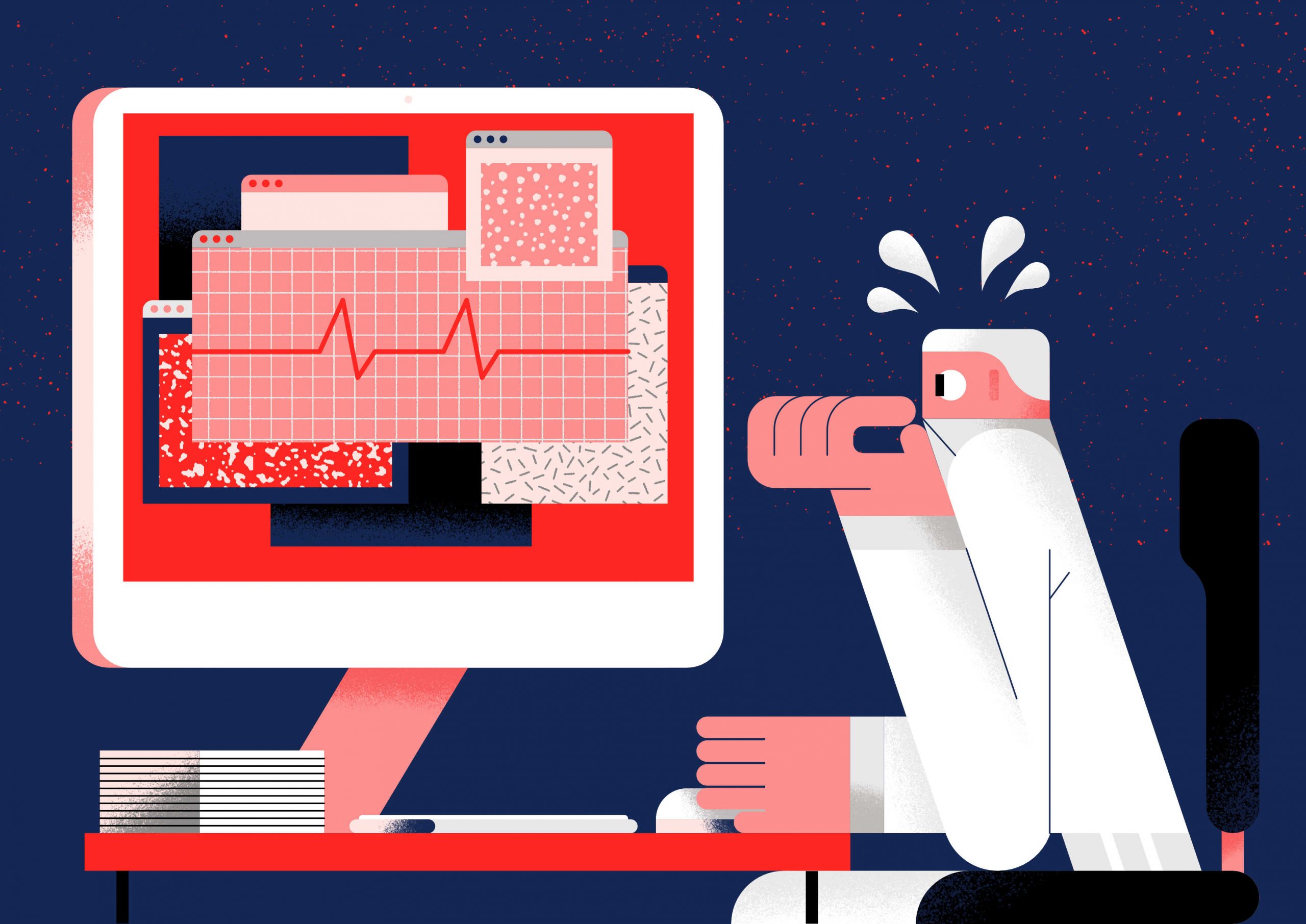Silent Arrhythmias and Their Hidden Risks
Some heart rhythm disorders remain hidden for years, quietly posing life-threatening risks until they cause major health events. Atrial fibrillation (AF) and ventricular tachycardia (VT) are two of the most dangerous. AF can increase the lifetime risk of stroke by up to 30%, while VT is a leading cause of sudden cardiac death. The challenge lies in identifying these “silent arrhythmias” before they strike.
Why Traditional Holter Monitoring Falls Short
Holter monitors—small wearable devices that record ambulatory ECG data over 24 to 48 hours—are invaluable for this purpose. Yet the sheer volume of information they produce can overwhelm even experienced clinicians. A single recording can capture hundreds of thousands of heartbeats, and subtle warning signs, such as a brief run of VT or an early AF episode, can be buried in the noise. Fatigue, time pressure, and human error all contribute to the risk of missed diagnoses, delaying treatment and putting patients in harm’s way.
How AI Transforms Holter ECG Analysis
Artificial intelligence in cardiology is changing this picture. At Cardiomatics, our AI-powered Holter analysis platform examines every heartbeat with unwavering consistency, uncovering patterns that manual review might miss, as explored in our AI vs human Holter ECG analysis article. Imagine a 60-year-old patient who feels briefly dizzy and undergoes Holter monitoring. A conventional review might report a largely normal rhythm. An AI-augmented analysis, however, could reveal a ten-second burst of VT at 180 beats per minute—a fleeting but ominous sign of possible sudden cardiac arrest.
For AF, AI can identify subtle electrical changes during normal sinus rhythm, as confirmed by a 2022 Frontiers study, enabling clinicians to intervene before a clot forms and causes a stroke. Research published in 2024 in OUP Academic further validated AI’s near-perfect accuracy in detecting VT within Holter data.
Signal Processing That Makes the Difference
At Cardiomatics, we combine these detection capabilities with advanced signal processing to address real-world challenges. Holter recordings are rarely perfect. Patient movement, electrode shifts, and interference from devices like smartphones can introduce artifacts that mask important rhythms. Our algorithms filter this noise, ensuring that both city hospitals and rural clinics receive clear, reliable results through our secure cloud-based platform. This means clinicians can make decisions faster, whether it’s starting anticoagulation therapy for AF or considering an implantable cardioverter-defibrillator for VT.
Clinical Impact Beyond the Individual Patient
The benefits of AI-enhanced Holter monitoring extend well beyond single cases. By reducing missed diagnoses, avoiding unnecessary repeat tests, and enabling earlier treatment, our technology lowers costs and makes more efficient use of healthcare resources. In high-volume hospitals, it allows for rapid prioritization of urgent cases. In remote areas without cardiology specialists, it delivers expert-level ECG interpretation without the need for on-site expertise.
The Future of AI in Ambulatory Cardiac Monitoring
While AI’s performance depends on high-quality ECG input, our ongoing signal enhancement efforts continue to push the boundaries of what’s possible, even with less-than-perfect recordings. The trajectory is clear: conditions that once hid in silence are now coming into focus. For Cardiomatics, this is not a marginal upgrade—it is a fundamental redefinition of ambulatory cardiac monitoring. By pairing AI precision with clinical insight, we are safeguarding hearts, beat by beat.

